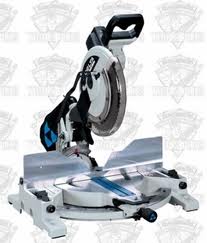Fill In The Blanks For Safety (In Class)
- OSHA
- ANSI
2.
You may optionally provide this to label your report, leaderboard, or certificate.
×
Thank you for your feedback!
















